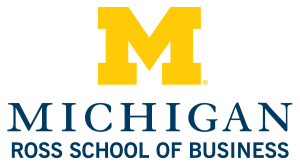The Aramex case study presents the complex situation facing Fadi Ghandour, a Jordan-based entrepreneur who started Aramex, an express and logistics company that was the first Arab-based firm to list on a U.S. stock exchange. Aramex has grown from a small regional player to taking on global giants such as FedEx and DHL, and its management team needs to decide what its next steps should be for balancing regional growth with global ambitions. The case presents the regional history, company history, and the steps that Aramex has taken to ensure its survival and growth. Students are asked to assess Aramex’s position and determine its next strategic objectives.
Aramex: Delivering the Future (A)
by: Robert E. Kennedy
Core Disciplines: Entrepreneurship & Innovation, International Business, Strategy & Management
Available Documents
Click on any button below to view the available document.
Make sure you are registered and/or logged in to our site to view product documents. Once registered & approved, faculty, staff, & course aggregators will have access to full inspection copies and teaching notes for any of our materials.
$3.95
If you need to make copies, you MUST purchase the corresponding number of permissions, and you must own a single copy of the product.
Electronic Downloads are available immediately after purchase. "Quantity" reflects the number of copies you intend to use. Unauthorized distribution of these files is prohibited pursuant to term of use of this website.
Teaching Note
This product has a teaching note available. Available only to Registered Educators. Please login to view it.
Description
Teaching Objectives
After reading and discussing the material, students should:
- Identify the challenges smaller companies face when competing with global giants.
- Explore the advantages that regional firms might have, and consider in which industries and/or activities these advantages would be greatest.
- Explore the differences between asset-heavy and asset-light strategies.
- Discuss how technology can alter the terms of competition and potentially provide openings for emerging market multinationals.

